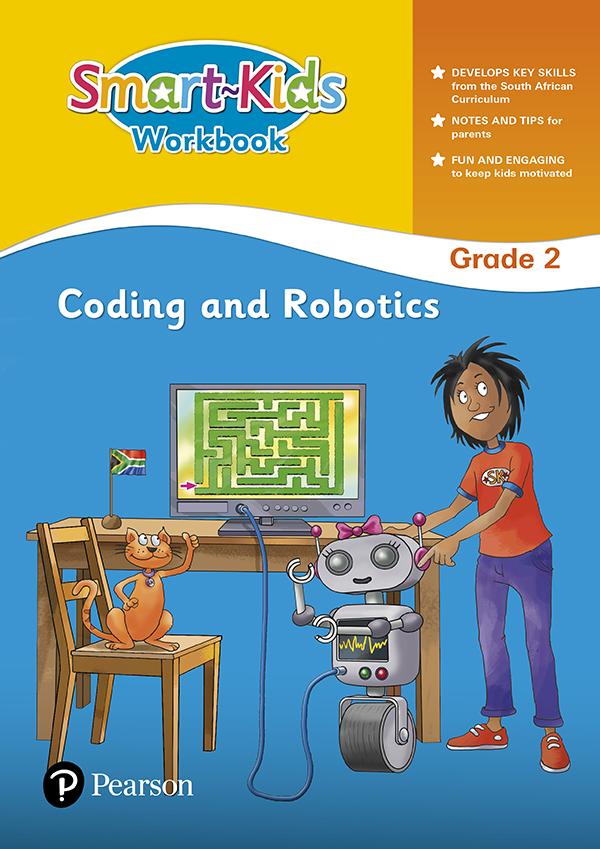We speak to John Pampallis, editor of our series, They Fought for Freedom, where he shares his insights on why it is important to create relevant and local history resources for schools.
Q: We’d like to learn more about the editor behind the series. John, can you tell us a little about yourself?
A: I have taught in South Africa, Botswana, Canada and Tanzania. This includes eight years at the Solomon Mahlangu Freedom College (Somafco) in Tanzania, a school for young South African exiles. From 1989 to 2015, I was involved in education policy development and later as an Advisor to the Minister of Higher Education and Training. In addition to being the Series Editor for the They Fought for Freedom series, I wrote the volume on Sol Plaatje for that series. I have also published several books, including Foundations of the New South Africa and A Brief History of South Africa: From the Earliest Times to the Mandela Presidency.
Q: What inspired you to create the series, They Fought for Freedom?
A: While teaching at Somafco, I came across a series of short biographies of leaders of the anti-colonial movements for independence in Africa. Included in that series were people like Patrice Lumumba (Congo), Julius Nyerere (Tanzania), Jomo Kenyatta (Kenya) and Kwame Nkrumah (Ghana). I immediately realised how valuable that kind of publication could be for young South Africans and began to visualise what such a series might look like.
Q: Can you discuss the insights and experiences that went into the approach and writing of the series, from your own and other authors’ experiences?
A: Since I was a history teacher, I realised the importance of understanding one’s history. The young people in my classes were, as a group, committed to overcoming apartheid; however, while they understood the immediate problem, they knew little of the country’s history or of the history of those who had fought against injustice for decades. They needed to know about the freedom fighters of the past, people who could be role models and inspire them.
At the same time, I was aware of the need for new approaches to teaching history – both at Somafco and for South Africa after liberation. The old method of rote memorisation was not a suitable way to learn about one’s past. It was vital to begin thinking about what material could and should be developed.
As for the Plaatje book particularly – the one that I authored for the series – I had read a lot about Sol Plaatje and had developed an admiration for his achievements as an author, an editor and a politician. Despite his accomplishments, he wasn’t well known, and I wanted people to learn about him and his life. The same could be said for the authors of the other biographies.
Q: In your opinion, what are the unique components or features that make this publication special for a young reader?
A: In working towards the series’ goal of uncovering the past, it was important that whatever material was developed was pitched at the right level for young people but written in a non-patronising way. They Fought for Freedom was pitched at students in secondary school and was also suitable for other readers who wanted a short overview of the lives of leaders of the past, including those who were still feeling their way through the intricacies of the English language.
Another objective of the series was to present accurate history, reality, not hagiography. I believe we were successful in that.
Q: What would you like young readers to take away once they have read the books in the series?
A: We hope that people who read these books will come away with an understanding not only of the individuals the books portray, but a better understanding of their country and the world. We also hope that one of the lessons of the series is that leaders are not only the famous individuals, but all those who played a role in the struggle for freedom. In addition, the lives of the women and men portrayed in the series show that service to one’s people is more important than self-aggrandisement – a lesson that many in the public eye today could take to heart.
Q: The series was published about 25 years ago. In your opinion, what makes the books as relevant now as they were when first published?
A: We face many of the same problems now as we did 25 years ago. Children and young adults, even the population at large, have similar needs and face similar challenges. And there is still a dearth of knowledge about South Africa’s past and about the sacrifices that were made to enable today’s democracy.
Many of the individuals in the series were not famous at the time (or now); and although they may have done important work, many were little-known outside of their organisations. Even when people’s names are widely known today – perhaps because a road or a municipality is named after them – the details of their lives, especially their early lives, are usually not known. The need to remedy this situation ties in with what I said earlier about the need for role models for young people.
Another important factor is the need to encourage a culture of reading among youth. The best way to do this is to provide material that interests them, that is not too long, and that is relatively easy for them to read. We believe that the books in this series provide just that.
While the books in the They Fought for Freedom series are pitched at high school learners, they will also be of interest to the general adult reader who is looking for an easy way to learn about people who played an important role in their country’s history.
More about They Fought for Freedom series
They Fought for Freedom is a unique series written for young readers that covers the lives and exploits of southern African leaders who struggled for freedom and justice. Among the many marvellous people whose stories are told are leaders such as Chris Hani, Desmond Tutu, Nelson Mandela and Ruth First. Written in clear language and accompanied by relevant photographs and stimulating activities, these books are an ideal classroom or library resource.
The series consists of 20 titles covering the lives and exploits of Albert Luthuli, Chris Hani, David Webster, Desmond Tutu, Dora Tamana, Helen Joseph, Helen Suzman, James La Guma, Lilian Ngoyi, Mohandas Gandhi, Nelson Mandela, Oliver Tambo, Ruth First, Seretse Khama, Sol Plaatje, Steve Biko, Thabo Mbeki, Trevor Manuel, Yusuf Dadoo and Z K Matthews.
Special offer: Purchase the set of 20 books and receive 25% discount.







